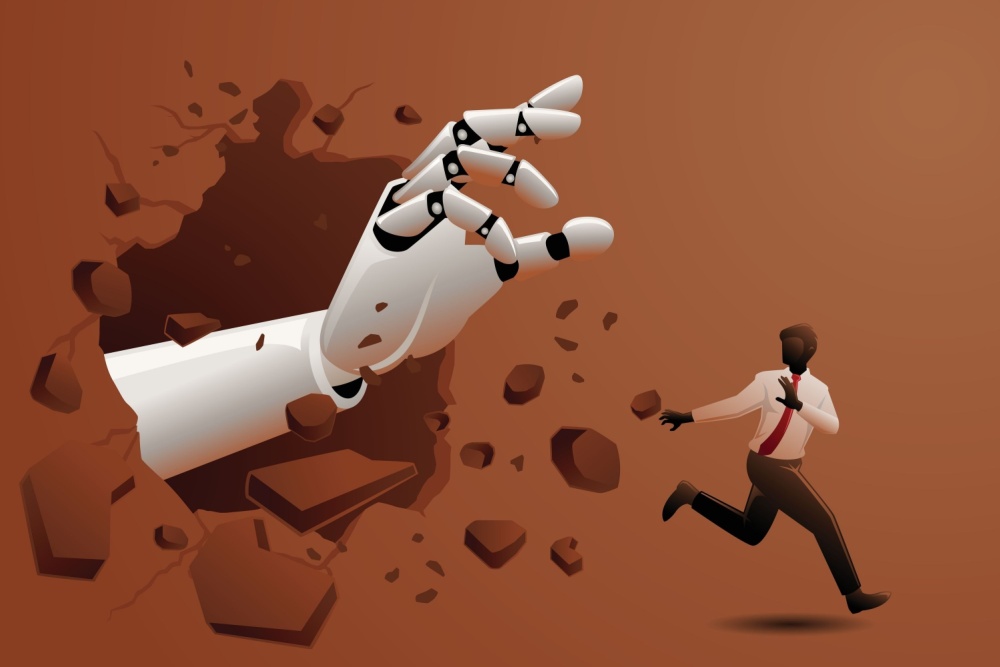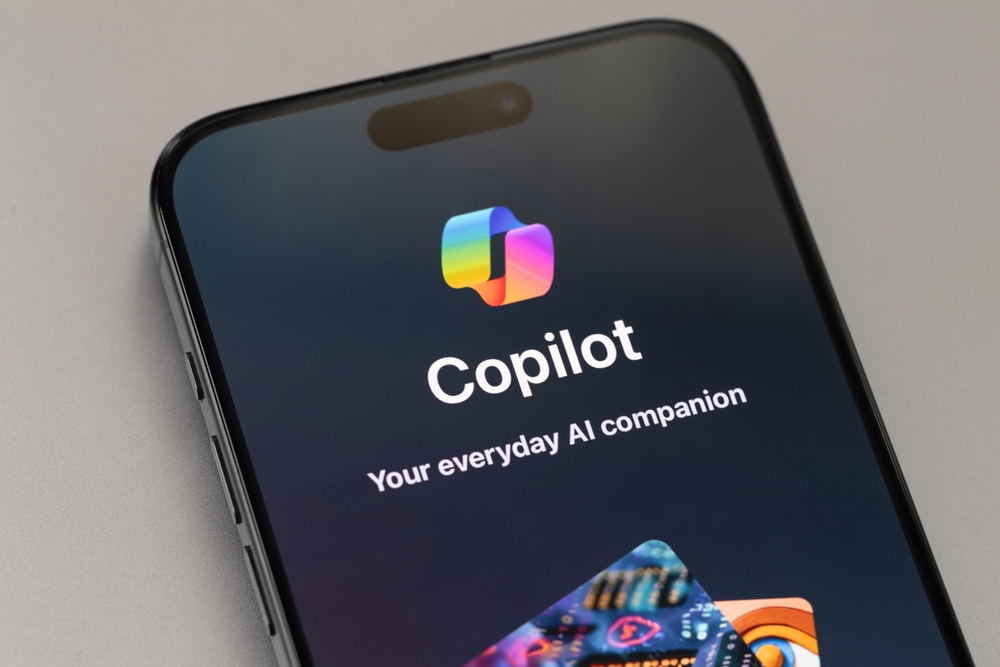As a member of an “older” generation, I know too well the trepidation of being introduced to new technology. (For the record, I’m a Gen X-er. It’s still crazy to me those of us who brought the world such enduring cultural phenomena as The Breakfast Club, hip-hop music and The Simpsons are now considered old. But I digress…) My small, rural high school only had a single personal computer in our “computer lab”, and I don’t know anyone who ever touched it. This was simply because we didn’t really understand what it was and what it could do for us. And some of us also imagined we might break it simply by turning it on.
That fear of the unknown we had back then – over technology that is now so commonplace even toddlers use it – as well as some understandable new anxieties, can be attributed to a reluctance to immediately accept AI. In our push to have everyone quickly embrace AI for all the benefits it can provide our organization, it is easy to forget that human nature must be considered during the process. So, I thought I’d take a look at some of the specific AI adoption fears employees have, and how we can work to overcome them as we roll out AI in our workplace.
Understanding AI Fears and Challenges
Unlike technological shifts of the past, AI adoption is happening at a much more rapid pace. The associated fears and challenges that this spawns, if not addressed, will continue to impede the learning curve.
Eroding of Job Security
A primary concern is that AI and automation will replace human workers in various industries, leading to widespread unemployment. Employees also worry that their current skills may be outdated in the new world of AI. And that if they can’t rapidly acquire new skills to remain relevant, they will be replaced by others (probably younger “others”) who do have the needed skill set. This type of anxiety over job security may prove psychologically crippling to some.
Lack of Understanding (and Pop Culture-fed Fears)
Many people see AI as a mysterious new entity, where the inner workings and processes are unclear. This can lead to mistrust and fear. And it doesn’t help that both science fiction (for many decades really; think “2001: A Space Odyssey” from way back in 1968!) has long fed us depictions of AI and “autonomous robots” as dangerous and threatening to humankind. The psychological phenomenon of “uncertainty aversion” plays a part here: Simply put, our brains are wired to avoid risks and perceived danger, and the uncertainty and culturally propagated fear of AI can trigger this protective mechanism.
Ethical Concerns
It has been established that AI systems, if trained on biased data, can perpetuate and amplify existing societal biases and discrimination. Additionally, there is the fear that AI-generated content (e.g., “deepfakes”) may be passed off as reality to fool the public at large for nefarious purposes. These ethical questions lead many to express reluctance in adopting AI as an accepted part of life, including at work.
Organizational Shortfalls
A lack of communication and guidance from leadership regarding AI’s role and implementation in the workplace can create uncertainty and anxiety among employees. So too can inconsistent AI strategies across different departments lead to confusion and resistance to adoption. And finally, inadequate training that leaves staff feeling “thrown to the wolves” does little to empower or encourage them to want to learn and use AI.
Overcoming the Challenges for a Successful AI Rollout
Addressing these obstacles requires a multifaceted approach, including:
- Education and Transparency: Providing clear and accessible information about AI, its capabilities, and its potential benefits and risks.
- Ethical Frameworks: Developing and implementing ethical guidelines and regulations for AI development and deployment.
- Focus on Human-Centered AI: Designing AI systems that augment human capabilities and enhance human well-being, rather than replace them.
- Open Communication and Collaboration: Fostering open communication and collaboration between AI developers, policymakers, and the public to address concerns and build trust.
- Reskilling and Upskilling Initiatives: Investing in training programs and initiatives to help workers adapt to the changing demands of the AI-driven workforce.
Don’t Neglect Your Humans!
Beyond the bullet points above, something very simple may be necessary for successful AI adoption in your organization: Empathy. Humans are emotional creatures. Fear of failure, lack of understanding, distrust of the unknown, and perceived existential threats are certainly powerful emotions! By accepting this from the start, and rolling out your AI programs accordingly, you may find the transition to an AI-powered workplace not as daunting.
Create a culture of trust and inclusion that starts at the very top. Allow safe spaces in which staff can learn and experiment freely in order to develop an understanding of AI at their own pace. Ground your rollout within a trusting, safe and understanding environment and remain consistent in your support throughout.
By fostering a supportive and empathetic environment, your organization can successfully navigate the challenges of AI adoption and unlock its full potential.
For over forty years, CGNET has provided state-of-the-art IT services to organizations of all sizes, across the globe. We’ve done it all, from IT and cybersecurity assessments to cloud services management to generative AI user training. Want to learn more about who we are and how we might be able to help you? If so, check out our website or send us a message!





0 Comments